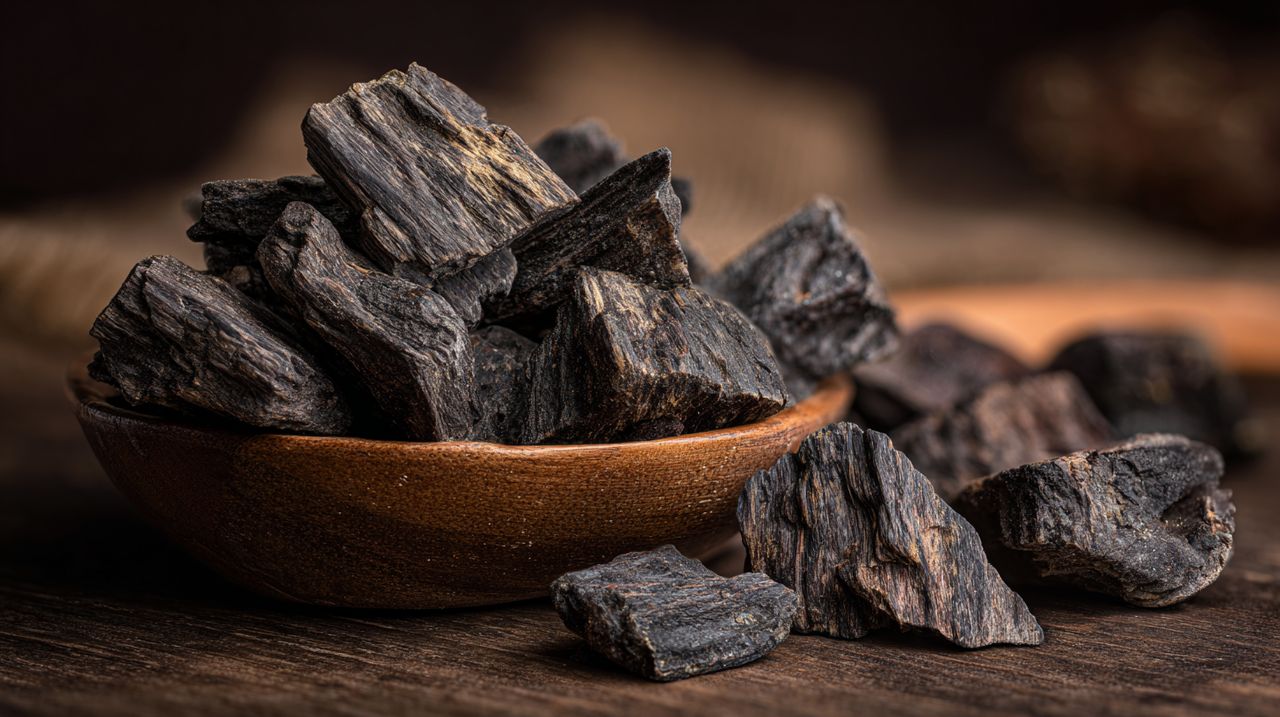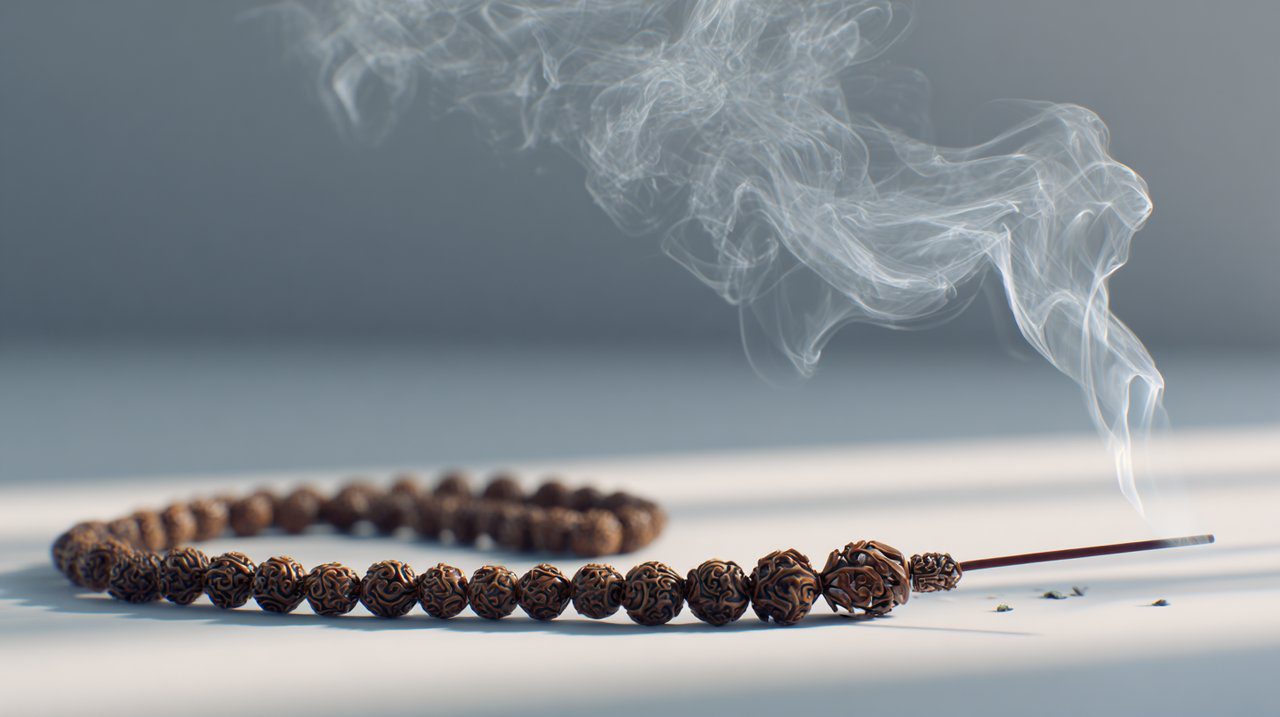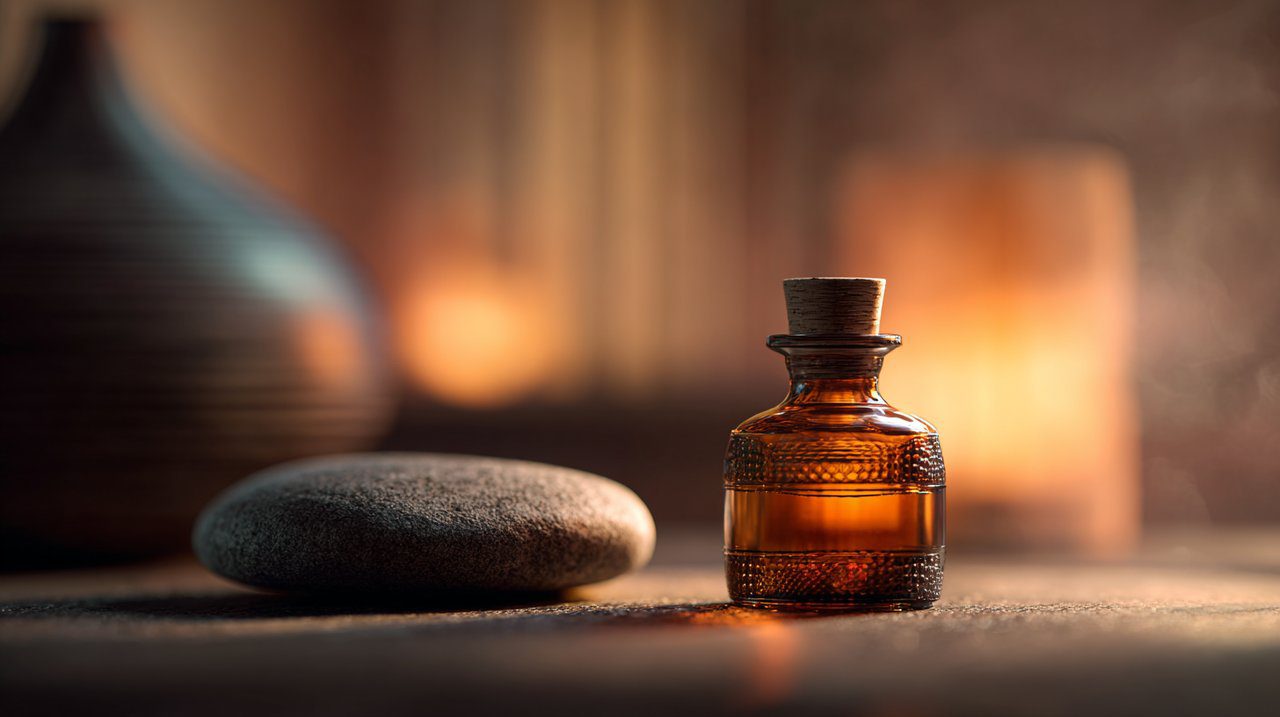Aloeswood Explained: Origins, Spiritual Significance, and Uses
Aloeswood, often called the “diamond of wood,” isn’t cultivated like other resources; it’s born from a unique, almost miraculous process. For thousands of years, this enigmatic material has been central to ancient spiritual practices, emerging from a tree’s struggle for survival. It’s a profound testament to nature’s alchemy, where adversity creates something truly sublime. Its rarity and intricate formation give it a value far beyond mere material worth, touching the spiritual and the deeply personal.

The Genesis of Rarity: Aloeswood’s Origins and Formation
Let’s dive into the fascinating origin story of aloeswood, also known as agarwood or oud. This precious material doesn’t just grow; it’s a testament to nature’s incredible resilience and transformative power, born under very specific circumstances. This unique genesis is precisely what elevates aloeswood from ordinary timber to a highly prized aromatic resin.
The Tree and Its Transformation
Here’s where the true alchemy happens. The Aquilaria tree itself is quite ordinary, completely non-aromatic. But when a specific mold, Phialophora parasitica, decides to pay a visit, the tree responds by producing a rich, dark, fragrant resin within its heartwood. This protective response transforms the wood into what we call dark resinous wood, or aloeswood.
This infection can be triggered by natural injuries like insect boring or lightning strikes, and sometimes even by careful human intervention. Over many decades—sometimes even centuries—this resin slowly permeates and hardens the wood. This lengthy, unpredictable process is why only a tiny fraction of Aquilaria trees ever yield aloeswood, making each discovery incredibly rare and challenging.
Why Aloeswood is the “Diamond of Wood”
So, why exactly is aloeswood considered the “diamond of wood”? It boils down to its profound scarcity. Its formation is a painstakingly slow, organic process that simply cannot be rushed or mass-produced. This inherent rarity, coupled with ever-growing global demand, makes aloeswood one of the world’s most expensive raw materials by weight, often surpassing the price of gold.
The profound value of aloeswood isn’t just about its captivating scent; it’s deeply rooted in its remarkable story. Imagine: a tree’s defiant act of creating beauty and fragrance directly from disease and adversity. This unique origin imbues it with a profound mystique and spiritual reverence, making it a powerful symbol of transformation, purity, and enduring strength.
A Sacred Scent: Aloeswood’s Spiritual Significance Across Cultures
Beyond its fascinating origin, aloeswood holds immense spiritual significance across countless cultures. Its captivating aroma has effortlessly transcended geographical and religious borders, becoming a cornerstone in diverse spiritual traditions worldwide. Described as incredibly complex, its scent can range from sweet and woody to musky and balsamic, often with delicate notes of vanilla and spice. This rich, nuanced olfactory profile is widely believed to possess profound energetic and vibrational properties.

Across Ancient Traditions: Buddhism, Islam, and Beyond
- Buddhism: Here, aloeswood is a deeply revered offering, often used in temples during meditation and ceremonies. It’s believed to purify the environment and help individuals achieve deeper states of concentration. Many Buddhist mala beads are crafted from aloeswood, used for counting mantras and enhancing spiritual practice.
- Islam: Known as ‘Oud,’ it’s a highly cherished incense, especially during religious festivals and for personal fragrance. Its mention in the Hadith underscores its importance in Islamic tradition for purification and spiritual elevation.
- Hinduism: Aloeswood plays a role in pujas (worship rituals) and for anointing deities. Its smoke is thought to invite positive energies and create a sacred atmosphere, perfect for prayer and contemplation.
- Christianity: Historically, aloeswood (or lignum aloe) is mentioned in the Bible, linked with anointing oils and burial spices, symbolizing purity and reverence.
This cross-cultural appreciation truly highlights aloeswood’s universal appeal as a conduit for spiritual connection. Its unique aroma serves as a powerful sensory anchor, gently guiding practitioners towards introspection and transcendence.
The Energetic and Vibrational Properties
- Grounding: It can help stabilize and center the mind, especially beneficial during spiritual work.
- Purification: It’s thought to clear negative energies from both spaces and individuals.
- Elevation: It’s believed to facilitate a deeper connection to higher consciousness and divine realms.
The continuous release of its complex fragrance, whether burned as incense or worn, is thought to create a consistent energetic field that profoundly supports spiritual practices.
Practical Applications: Aloeswood in Meditation, Healing, and Rituals
Now, let’s explore how the remarkable properties of aloeswood translate into practical applications. It’s particularly valued in mindfulness, holistic well-being, and structured spiritual rituals, extending its use from personal contemplation to powerful communal ceremonies.

Enhancing Meditation and Mindfulness
For anyone engaged in meditation, the gentle, evolving aroma of aloeswood acts as a perfect olfactory anchor. It naturally helps to focus the mind, minimize distractions, and guide you into deeper meditative states. Simply burning a small piece of aloeswood incense before or during your practice can subtly signal your brain to enter a profound state of calm.
Many practitioners also use prayer beads or a meditation necklace crafted from aloeswood. The combination of tactile sensation and the subtle release of its scent can significantly enhance concentration and help maintain a state of mindful awareness throughout your day.
Aromatherapy and Holistic Well-being
In the world of aromatherapy, aloeswood oil is highly prized for its remarkable calming and stress-reducing effects. It’s often diffused to:
- Alleviate anxiety and promote deep relaxation.
- Improve sleep quality, fostering restorative rest.
- Support overall emotional balance.
While it’s not a healing crystals, aloeswood is deeply valued for its unique energetic contribution to well-being. It beautifully complements practices focused on holistic health. Its natural compounds are even believed to possess mild sedative and analgesic properties, further contributing to a profound sense of peace.
Aloeswood in Sacred Ceremonies and Spiritual Rituals
- Sanctify spaces: Preparing an area for prayer or ritual by thoroughly cleansing it of any stagnant energy.
- Offer devotion: Presenting its precious aroma as a heartfelt gift to deities or spiritual entities.
- Mark transitions: Employed in rites of passage, blessings, or memorials to honor profound life events.
Many also choose to wear symbolic jewelry crafted from aloeswood, like pendants or bracelets. This allows them to carry its grounding and purifying energy with them throughout the day. This constant connection serves as a tangible reminder of their spiritual intentions and a subtle, ever-present source of calm.
Cultivating Connection: The Enduring Legacy of Aloeswood
So, what’s the ultimate takeaway from aloeswood’s incredible journey? From its humble genesis within the heartwood of a struggling tree to its revered status in spiritual traditions worldwide, aloeswood truly embodies transformation and profound symbolism. Its journey—from a tree’s natural defense mechanism to a highly prized aromatic treasure—beautifully highlights a unique intersection of botany, culture, and deep spirituality.
Aloeswood continues to serve as a tangible link to ancient wisdom, offering us a sensory pathway to deeper understanding and profound inner peace. For anyone looking to integrate this ancient essence into their personal practice, grasping its origins and immense significance is absolutely paramount. By exploring authentic aloeswood products, whether it’s pure incense, finely crafted buddhist mala beads, or a meditation necklace, you can forge a profound connection to its timeless and enduring legacy.
💡 Frequently Asked Questions
Aloeswood, also known as agarwood or oud, is a precious, highly fragrant resinous wood. It forms when an Aquilaria tree is infected by a specific mold, *Phialophora parasitica*, causing the tree to produce a dark, aromatic resin in its heartwood as a protective response. This process is slow, taking decades to centuries.
Aloeswood is called the 'diamond of wood' due to its profound scarcity. Its formation is a painstakingly slow, organic process that cannot be rushed or mass-produced. This inherent rarity, combined with global demand, makes it one of the world's most expensive raw materials, often surpassing the price of gold.
Aloeswood holds immense spiritual significance across diverse cultures like Buddhism, Islam, Hinduism, and Christianity. Its captivating aroma is believed to possess profound energetic and vibrational properties, used for grounding, purification, and elevating consciousness, making it a powerful symbol of transformation and purity.
Aloeswood is used to enhance meditation and mindfulness by acting as an olfactory anchor, helping to focus the mind. In aromatherapy, its oil is valued for calming and stress-reducing effects, promoting relaxation and better sleep. It is also used in sacred ceremonies to sanctify spaces, offer devotion, and mark significant life transitions.







